

 The South African
The South African
by Ranger Adam
Text of a Zoom Lecture given the the Eastern Cape branch (SAMHSEC) on April 11,2022. Original talk available in the Zoom library on this websiteDedicated to the Memories, of Juliet, my Mother, Mentor, and Friend who made me everything I am Today, and the Late Wayne Lotter, my Colleague, and Friend, who was Assassinated in Tanzania, because he had become too prominent in countering Poaching.

In Zulu Culture they have a saying about the Mphafa tree..
As you can see it has a curved backward thorn and a straight pointing forward thorn,.The saying in Zulu is “Umuntu akakwazi ukuyithola indla yakho eya lapho uya khona uma ungazi ukuthi uvelaphi”; in English “One cannot find your path to where you are going to if you do not know where you have come from”
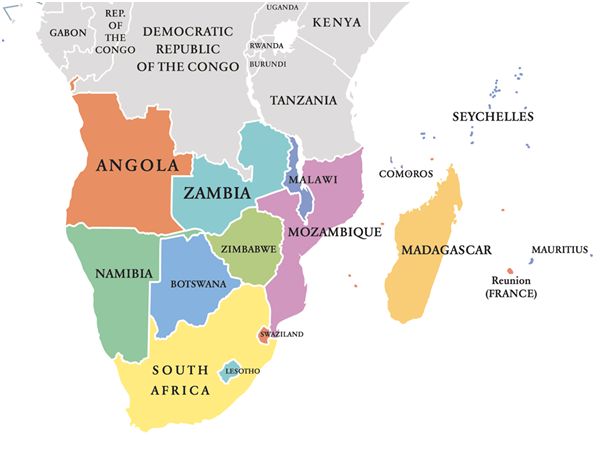
Angolan National Parks
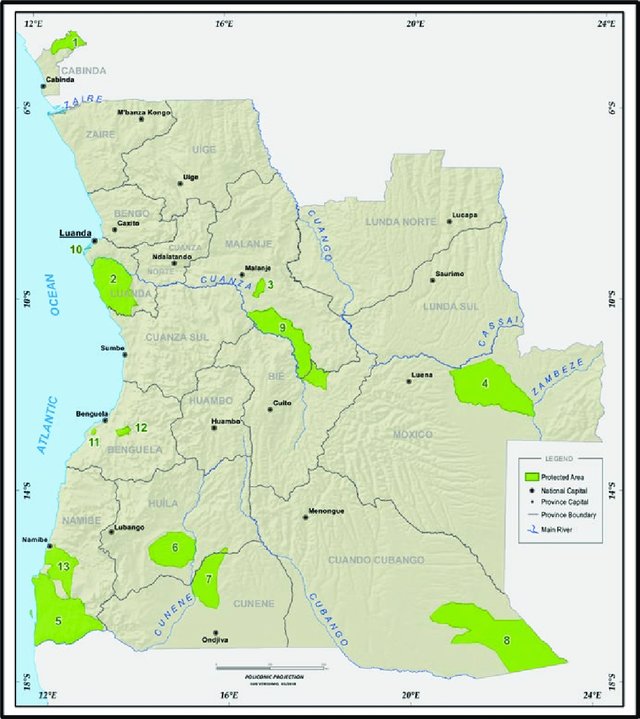
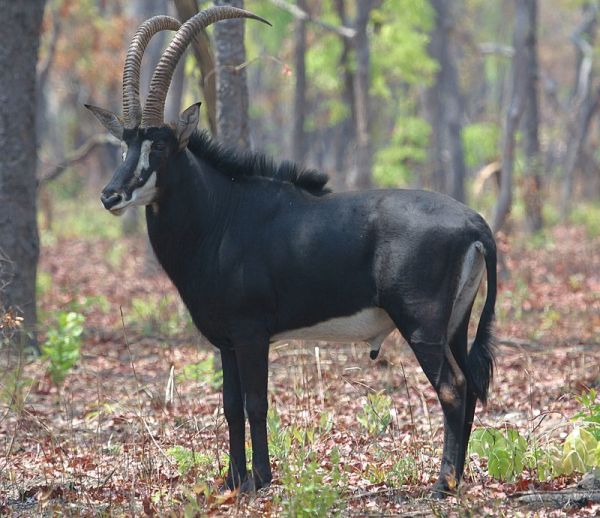
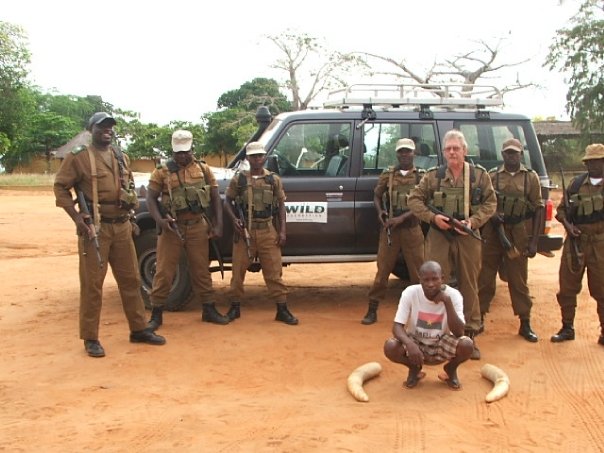
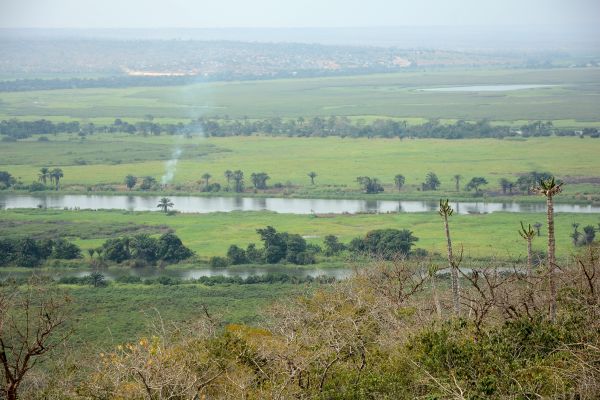
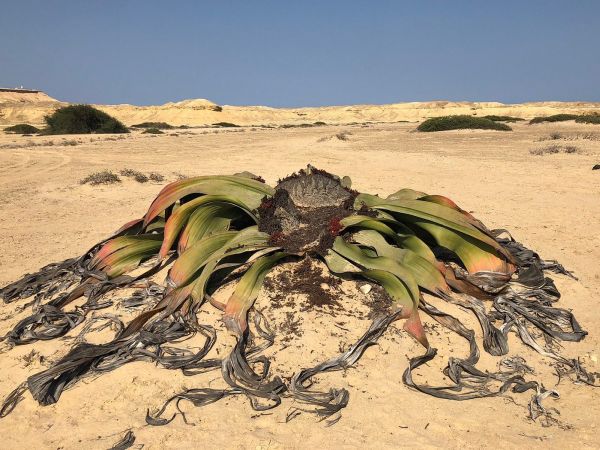
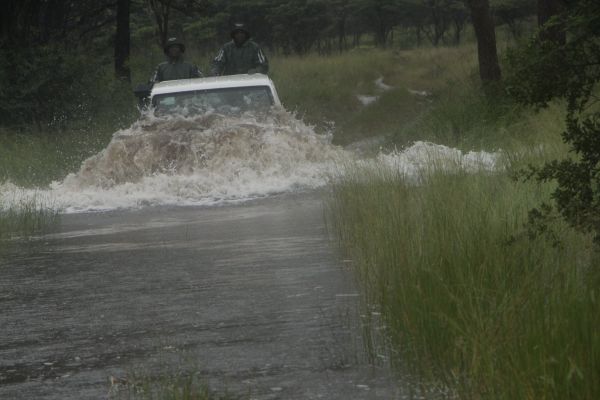
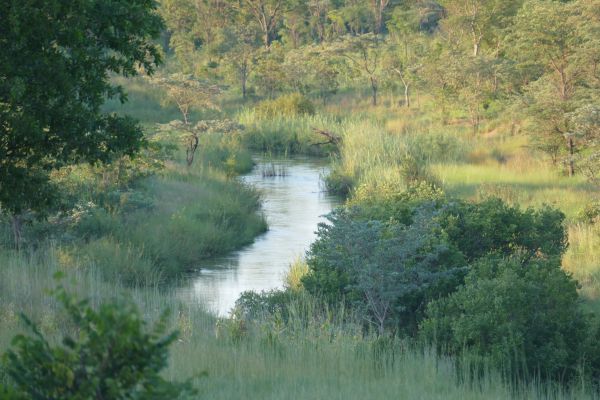
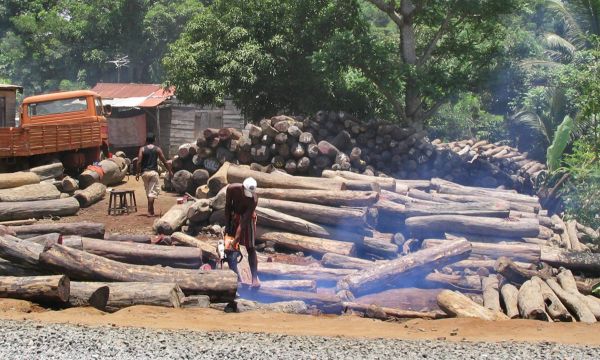
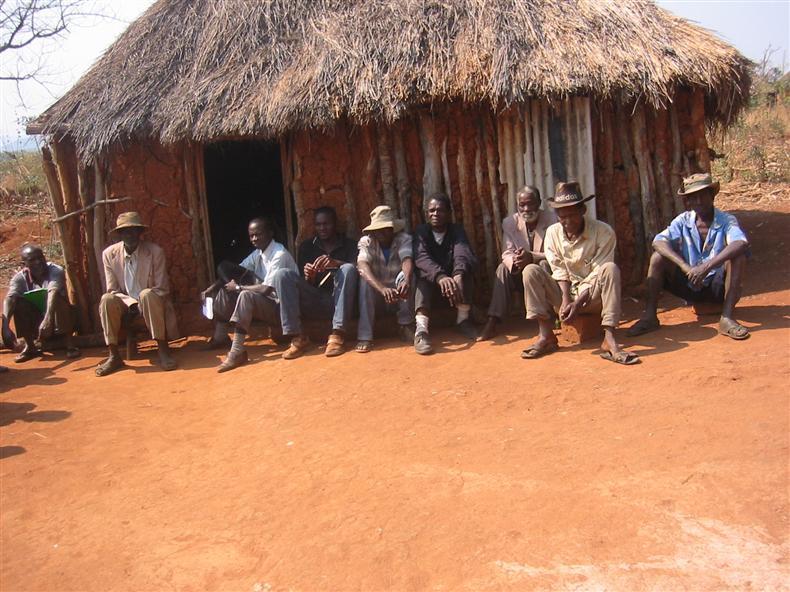
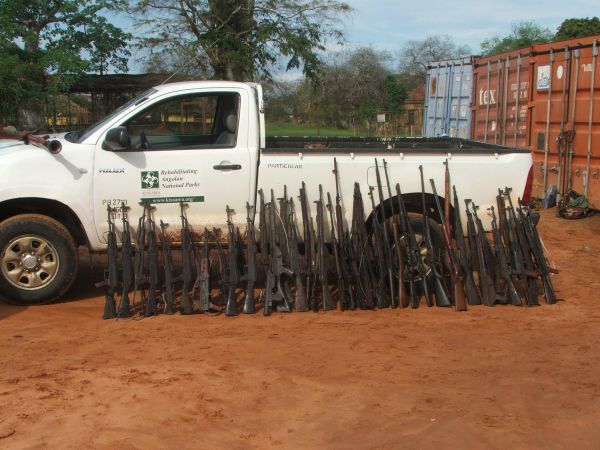
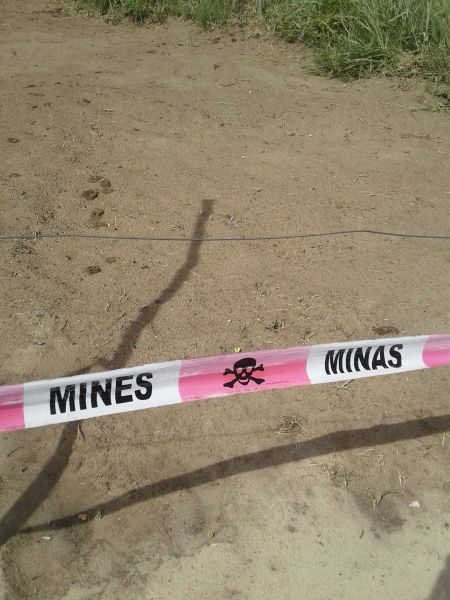
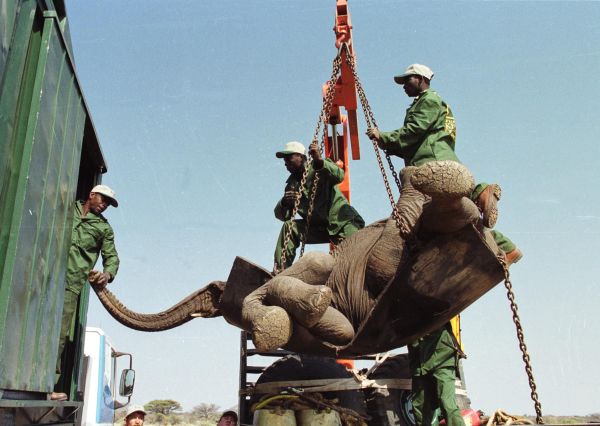
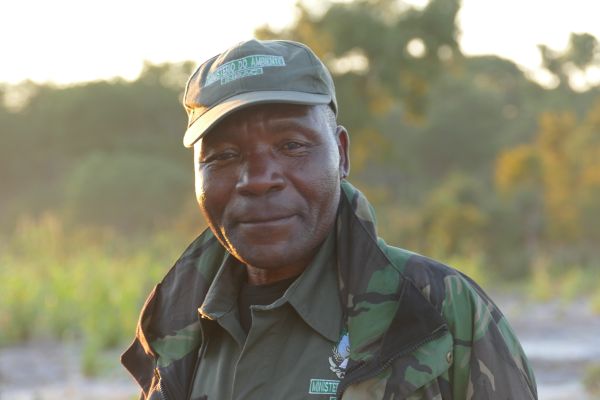
Return to Society's Home page
South African Military History Society / scribe@samilitaryhistory.org